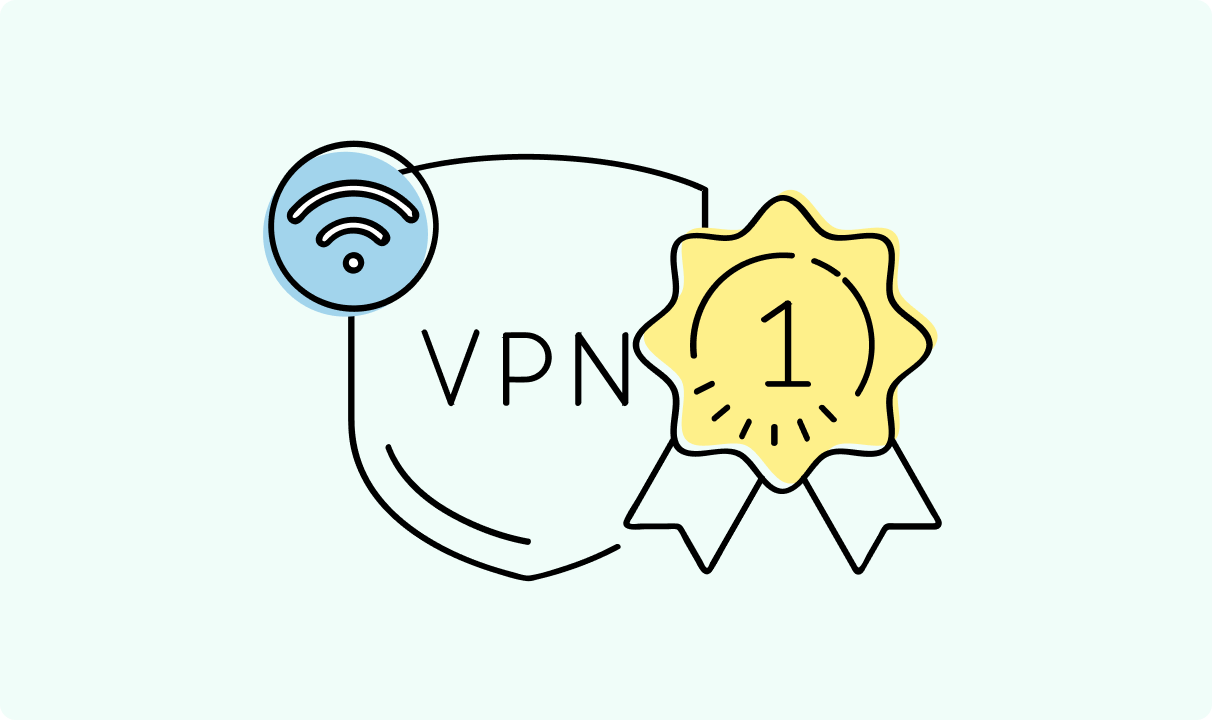502 Bad Gateway: What It Means and How to Fix It
The 502 Bad Gateway error shows up when a server can’t get a good response from another server. It means something went wrong between the proxy server and the upstream server.
This HTTP error matters because visitors can get annoyed when a page doesn’t load. Site owners risk losing traffic and trust. It also hurts your spot in the search results.

Guoda Šulcaitė
4 min read
What Is a 502 Bad Gateway Error?
A 502 Bad Gateway error means one server got an invalid response from another server it tried to contact. Usually, the proxy server talks to an upstream server to get the data. If the second server gives an invalid response, or no response whatsoever, the first server outputs the 502 Bad Gateway error.
If you’re having a hard time understanding all this in technical terms, you can imagine it like this: you drive up to a fast food window and order a burger with fries. The worker turns around to ask the kitchen, but the kitchen gives back a weird reply or doesn’t answer at all.
Now the worker doesn’t know what to do, so they just tell you that there’s a problem. That’s essentially what a Bad Gateway error is like.
The proxy server is the middle person. It’s supposed to pass your request to the upstream server, get the answer, and show it to you. If the upstream server messes up or takes too long, the proxy server just gives up and throws a 502 Bad Gateway error instead.
Depending on the browser, it might also say something like “502 Proxy Error”, “Bad Gateway error”, or “HTTP Error 502”.
What Causes a 502 Bad Gateway Error?
Here’s why you might see a 502 Bad Gateway error:
- Server overload. The origin server cannot keep up when there’s too much traffic.
- DNS problems. The domain might not point to the right IP.
- Firewall/CDN issues. These block or slow down traffic from the proxy server to the upstream server.
- Bad code or configuration. A mistake in setup, especially in nginx or backend logic, can cause an invalid response.
- Temporary glitches. Short hiccups between the web server and upstream server can trigger the Bad Gateway error.
In terms of DNS problems, you may also need to flush your local DNS or wait for propagation when switching hosting providers.
How to Fix a 502 Bad Gateway Error
For Regular Users
If you see a 502 Bad Gateway error, try these quick solutions:
- Refresh the page.
- Clear your browser’s cache and cookie.
- Try another browser or use a different device.
- Restart your router or network.
These steps often solve it immediately. Most times, the issue isn’t even on your side.
For Site Owners
Here’s how site owners can resolve and fix a Bad Gateway error:
- Check the server logs for issues between the proxy server and upstream server.
- Restart the web server.
- Review firewall or CDN settings that might block the origin server.
- Look for any new changes or updates that may have caused the issue.
- Make sure your nginx server blocks aren’t misconfigured.
- Contact your hosting provider if you’re stuck.
Sometimes, a tweak to your nginx setup or clearing the cache can also do the trick. Check your nginx error logs and config files for timeouts or misrouted requests.
SEO & User Experience Impact
A repeating 502 Bad Gateway issue can seriously hurt your website. If your nginx server keeps sending out 502 errors, Google might downgrade your site’s reliability. That means your search rankings might drop significantly.
It also pushes visitors away. No one wants to wait on a broken site. One HTTP status code error might be fine, but not every day.
Fixing these HTTP errors fast keeps users happy and doesn’t hurt your SEO. If you ever notice one, don’t let a Bad Gateway error linger.
Conclusion
The 502 Bad Gateway error is annoying, but it’s not a mystery. It happens when a proxy server tries to talk to an upstream server and gets an invalid response. That’s it.
For users, a quick page refresh or clearing your browser’s cache and cookies might solve the problem. For site owners, digging into server settings, DNS, or your nginx can help resolve it. You might need to restart the web server, check your firewall, or roll back a recent web change.
The most important thing is not to ignore it. Too many Bad Gateway error messages can damage your SEO and chase away visitors. With the right solutions, you can catch and solve these issues fast. If you can’t resolve it yourself, make sure to contact your hosting provider.

Author
Guoda Šulcaitė
Growth Manager at CometVPN
Guoda is an all-round marketing professional with deep knowledge in the tech SaaS industry, particularly VPNs and proxies. She has worked on numerous projects and helped achieve impressive results through project management, content production, and SEO.
Related articles

4 min read
Best Residential VPN Providers in 2025
A Virtual Private Network (VPN) encrypts your traffic and hides your IP address. The way these functions are accomplished affects various aspects of your online privacy and security.
Here, we'll consider using residential IP addresses instead of those originating from a data center. A residential VPN has advantages compared to traditional ones, but there are some caveats. It all boils down to residential VPN providers.
The worst ones may even create more risks than benefits. We'll end this article with a list of the best residential VPN providers on the market.

Guoda Šulcaitė
4 min read
Ethernet vs Wi-Fi: Which One is Better?
Ethernet and Wi-Fi are the two main ways to connect your computer to the internet. While Wi-Fi has received significantly more attention in recent years, especially among consumers, due to its simplicity and flexibility, ethernet is still widely used in various other applications.
Even if Wi-Fi is significantly more popular, it isn’t strictly better. Both methods have their benefits and drawbacks. Wi-Fi’s popularity comes from its ease-of-use and flexibility, but an ethernet connection can be much more useful in certain scenarios.

Adomas Šulcas

5 min read
How to Change Chrome Proxy Settings: The Ultimate Guide
A proxy server is an easy alternative to a VPN that can perform most of the functions of the latter. It’s a server that stands between your device and the destination server, taking your connection requests and forwarding them in your name.
Destination servers in almost all cases see the proxy server as the originator of the request. As such, proxies are widely used in various, mostly business-related applications whenever privacy, security, location changing, and several other factors are at play.

Guoda Šulcaitė